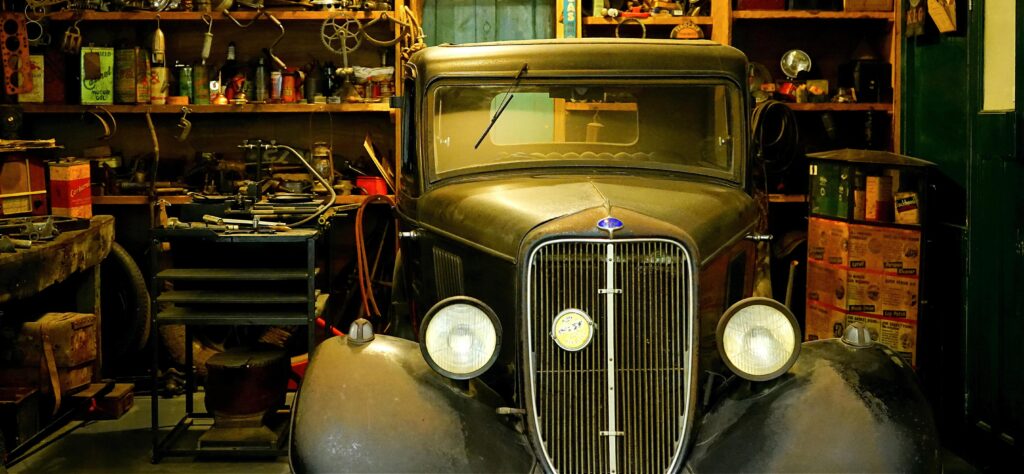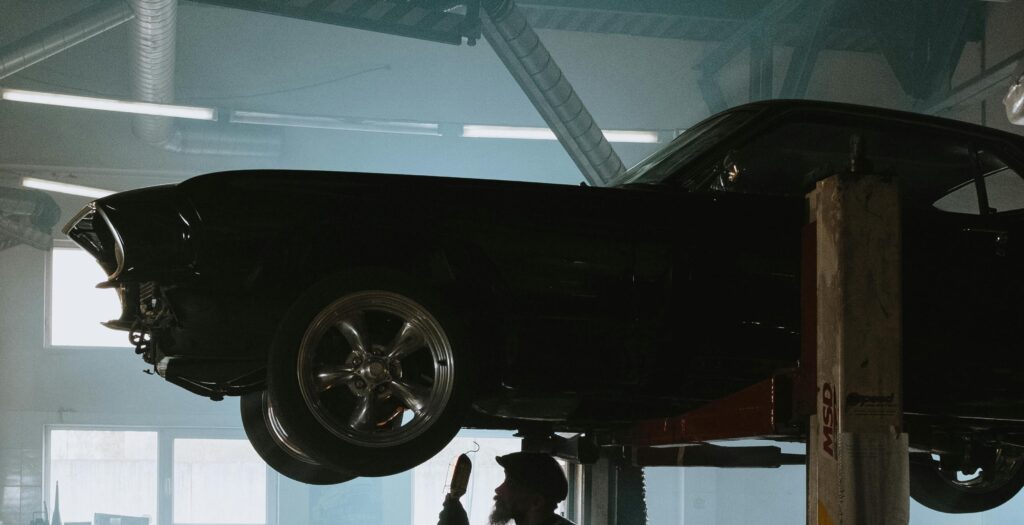Classic cars hold a special place in the hearts of automotive enthusiasts, embodying a timeless allure that transcends generations. Whether you’re drawn to the elegance of vintage luxury cars or the rugged charm of muscle cars, embarking on a restoration project can be a deeply rewarding endeavor. However, restoring a classic car to its former glory requires more than just passion – it demands careful planning, meticulous attention to detail, and a willingness to overcome challenges along the way. If you’re ready to breathe new life into a classic automotive masterpiece, here are some essential tips to guide you on your journey:

1. Research and Planning: Before turning a single wrench, take the time to research the history and specifications of your chosen classic car model. Understanding its original features, production nuances, and common restoration pitfalls will help you develop a comprehensive restoration plan. Define your project scope, set a realistic budget, and establish a timeline to keep your restoration on track from start to finish.
2. Assess the Condition: Conduct a thorough assessment of the car’s condition, both inside and out. Pay close attention to signs of rust, body damage, and mechanical issues that may need to be addressed. Prioritize repairs based on the severity of damage, focusing on structural integrity and safety concerns before tackling cosmetic enhancements.
3. Create a Dedicated Workspace: A well-equipped workspace is essential for any restoration project. Whether you’re working in a professional garage or a DIY enthusiast’s home workshop, make sure you have adequate space, lighting, and ventilation to facilitate the restoration process. Organize your tools, equipment, and supplies for easy access, and create a clean, clutter-free environment to work in.
4. Preserve Originality: While it can be tempting to modernize a classic car with aftermarket upgrades and modifications, purists often value originality above all else. Whenever possible, strive to preserve the car’s authenticity by using genuine OEM parts and components. Document any alterations made during the restoration process, and consider reversible modifications that won’t compromise the vehicle’s historical integrity.

5. Invest in Quality Materials: Quality materials are the foundation of a successful restoration. From premium paints and primers to authentic upholstery and trim, invest in the highest-quality materials you can afford. While it may be tempting to cut corners to save money, skimping on materials now could lead to costly repairs down the road. (Reviving Glory: Classic Car Restoration Tips for Enthusiasts)
6. Exercise Patience and Perseverance: Restoring a classic car is a labor-intensive process that requires patience, perseverance, and a willingness to learn from your mistakes. Take your time to tackle each task with care and precision, and don’t be discouraged by setbacks along the way. Remember, Rome wasn’t built in a day – and neither is a fully restored classic car.
7. Seek Expert Guidance: Don’t hesitate to seek advice and assistance from experienced professionals and fellow enthusiasts throughout your restoration journey. Join online forums, attend car shows, and network with like-minded individuals who share your passion for classic cars. Their insights, expertise, and support can be invaluable resources as you navigate the challenges of restoration.
In conclusion, classic car restoration is a deeply rewarding pursuit that allows enthusiasts to preserve automotive history and breathe new life into vintage vehicles. By following these essential tips and embracing the challenges of the restoration process, you can embark on a journey of rediscovery and rejuvenation, ensuring that these timeless automotive treasures continue to inspire and captivate for generations to come.
Read more about 10 Essential Tips for Safe Driving in Windy Conditions